Financial Accounting Reporting: Medibank Group Consolidated Financials
VerifiedAdded on 2020/05/28
|5
|959
|36
Report
AI Summary
This financial accounting report analyzes the Medibank Group, focusing on its structure, subsidiaries, and investment portfolios. It examines the composition of the group, including its parent company, Medibank Private Limited, and its wholly-owned subsidiaries, along with the shift in investment strategies. The report highlights the requirement for consolidated financial statements under AASB 10, emphasizing the parent company's control over its subsidiaries. It addresses the significance of goodwill accounting, as per AASB 3, and provides insights into the need for disclosure of AASB 10 in financial statements. The report also discusses the benefits of consolidated financial statements for investors, the provision of comparable information, management accountability, and accurate risk assessment. References to relevant accounting standards and literature support the analysis. This report is a valuable resource for understanding financial reporting principles and their application to a real-world case study.
1 out of 5
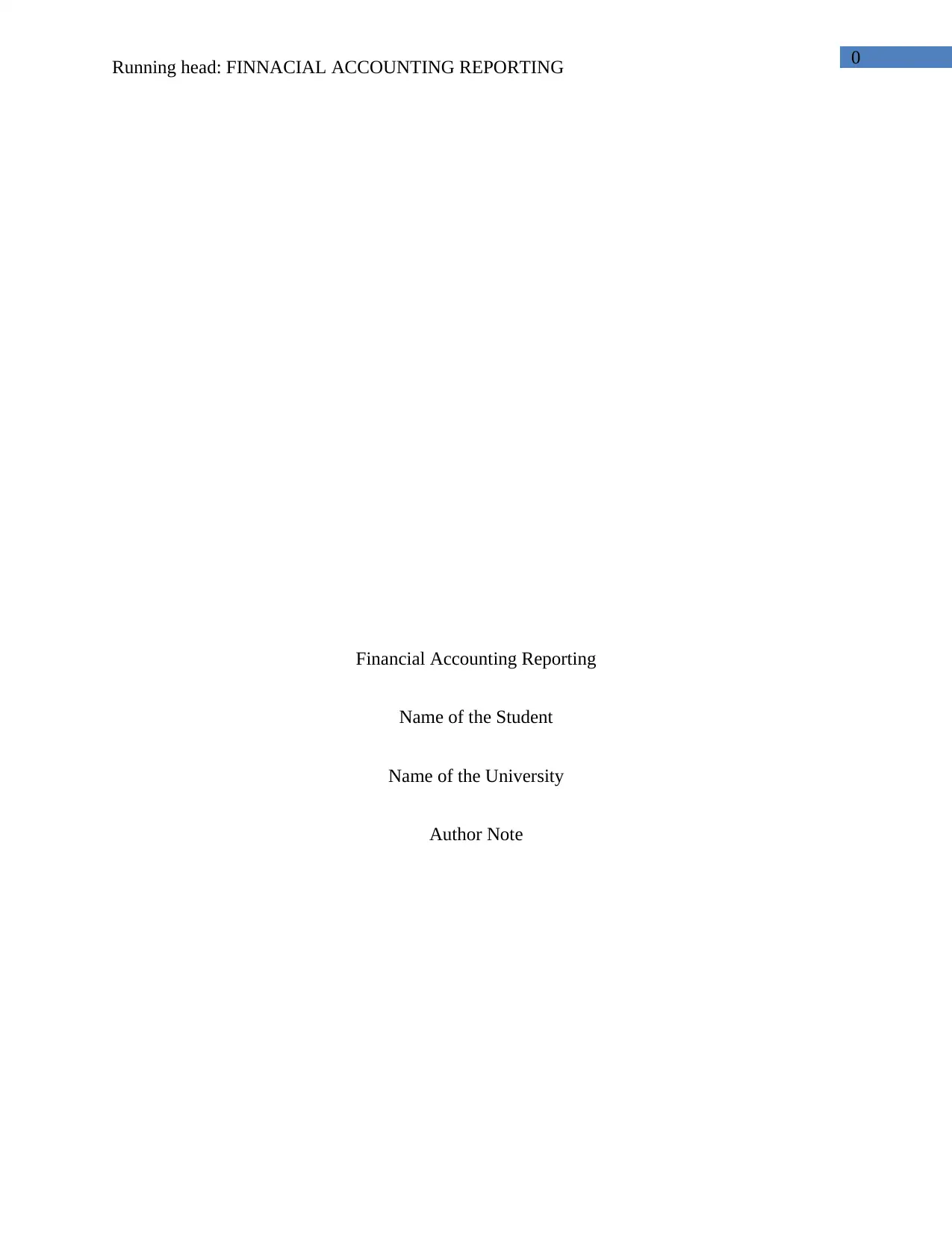
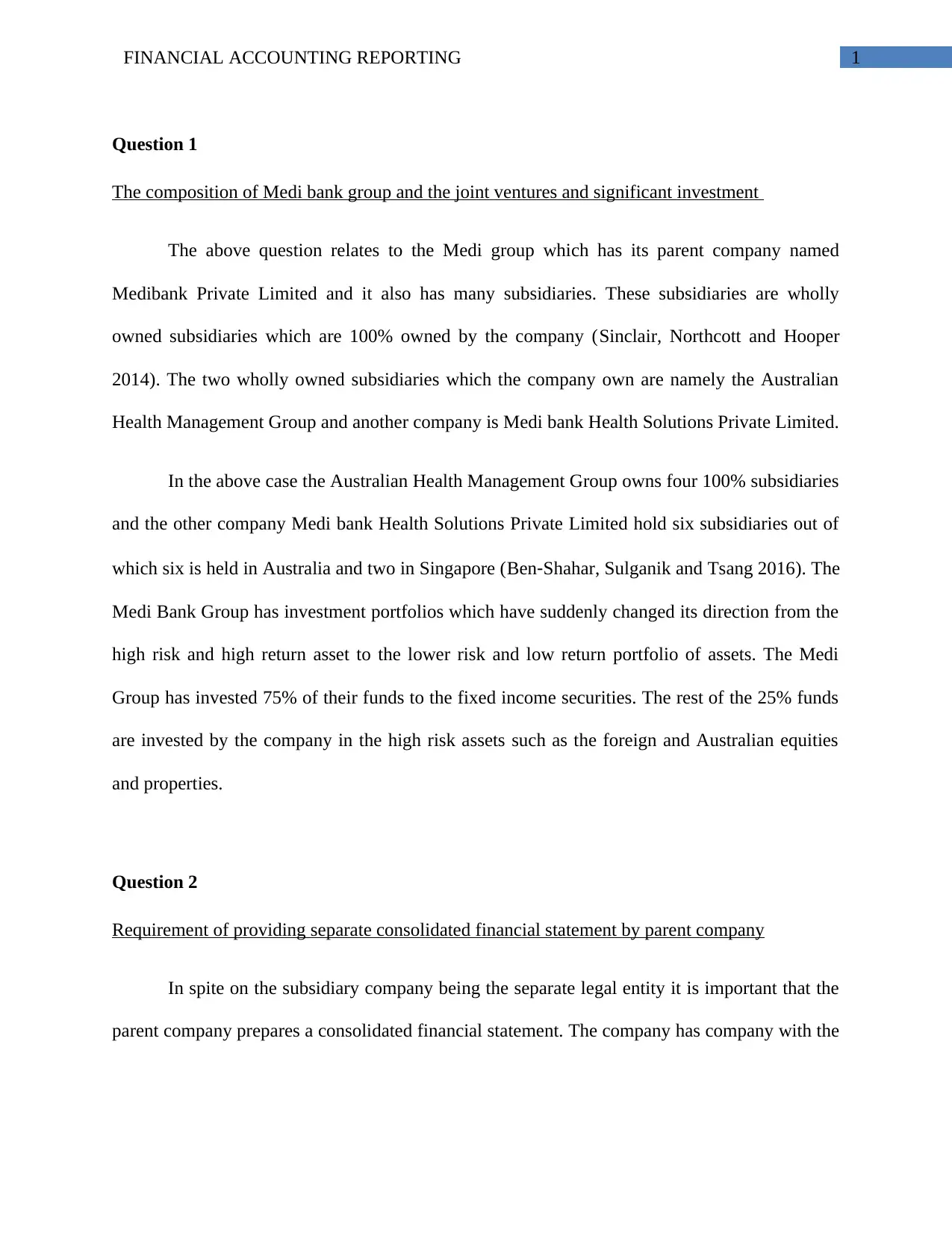
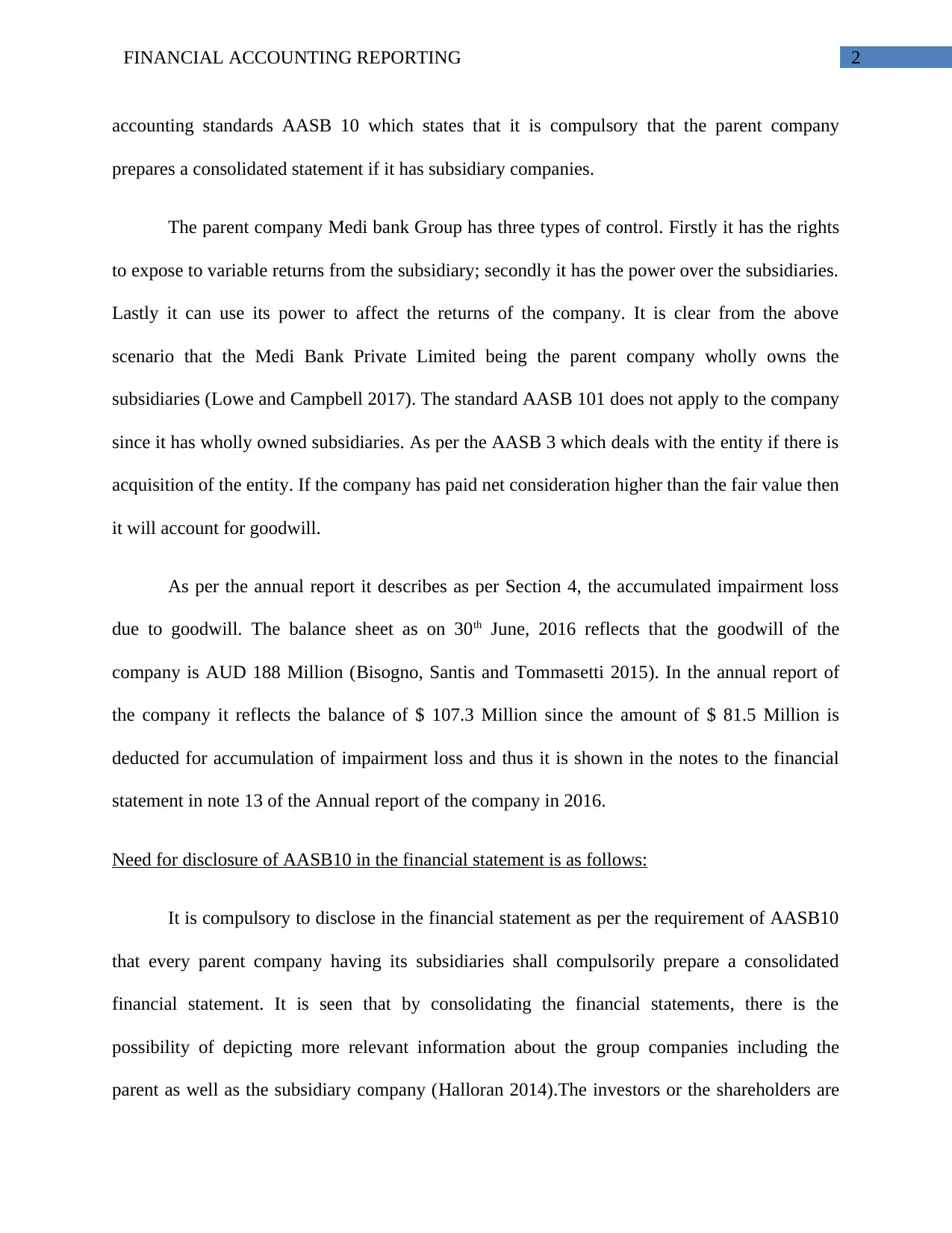

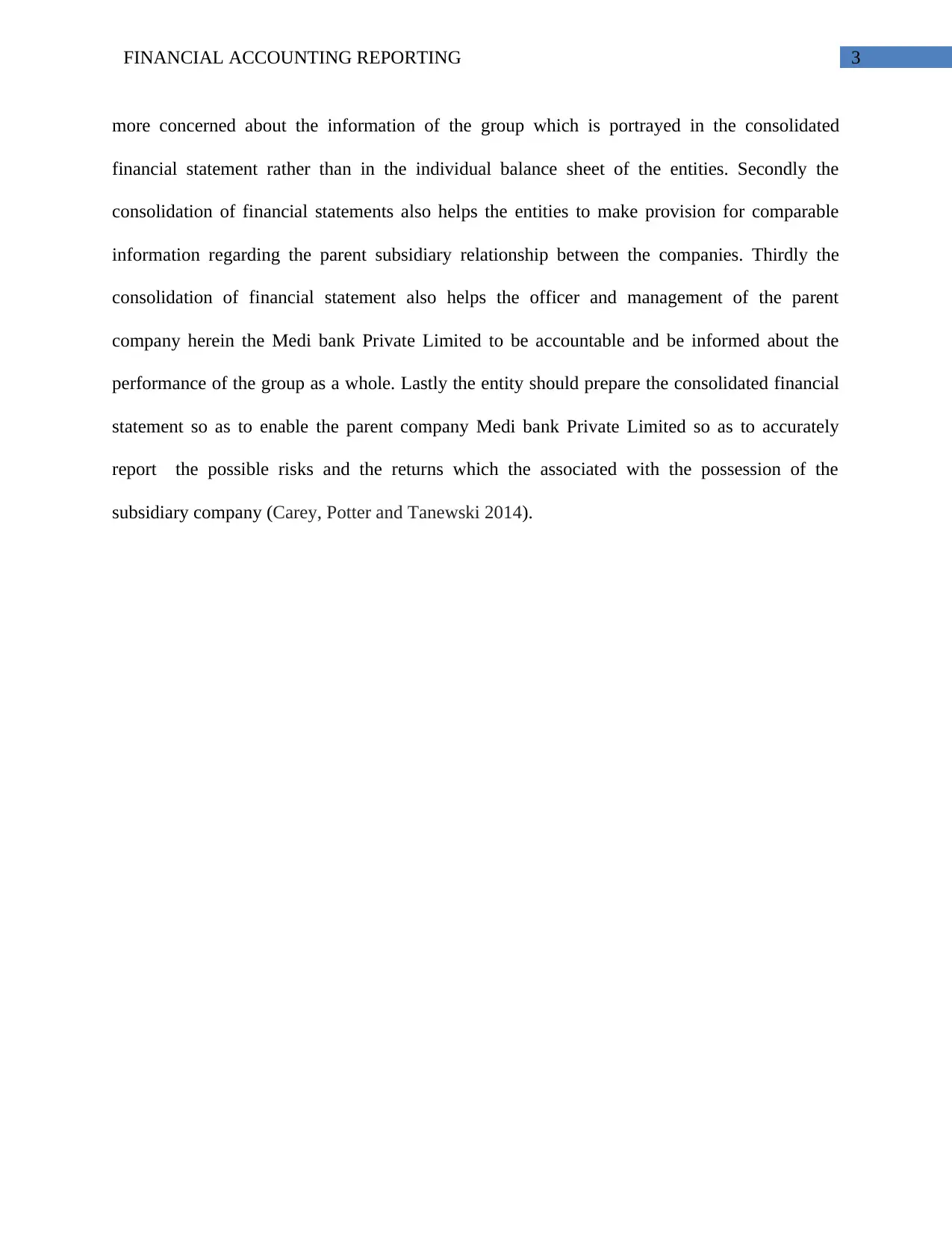
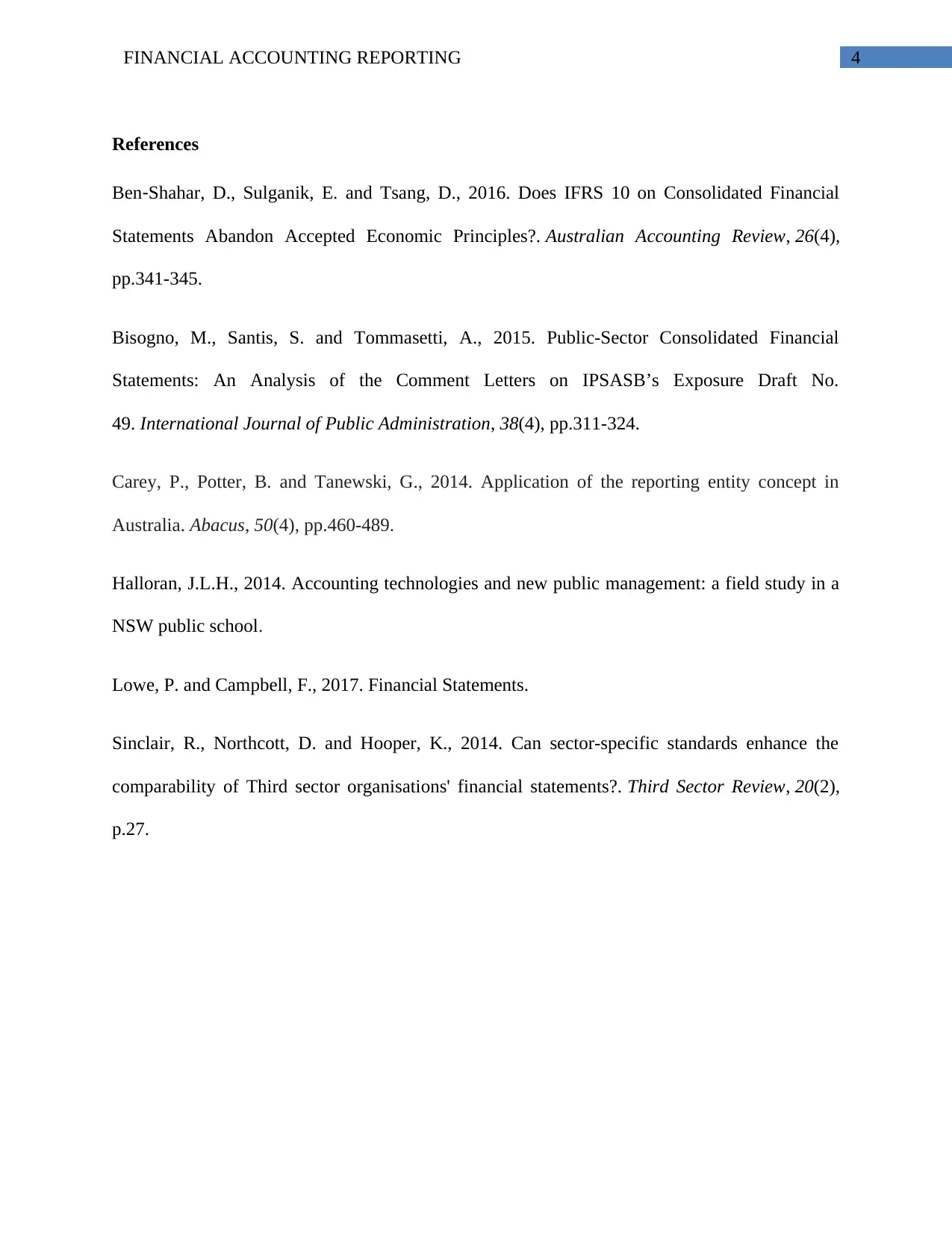





![[object Object]](/_next/static/media/star-bottom.7253800d.svg)